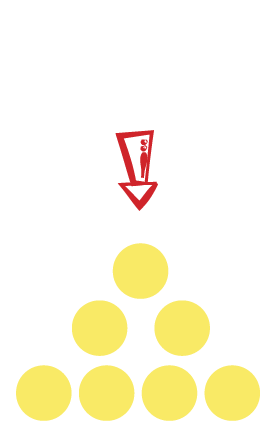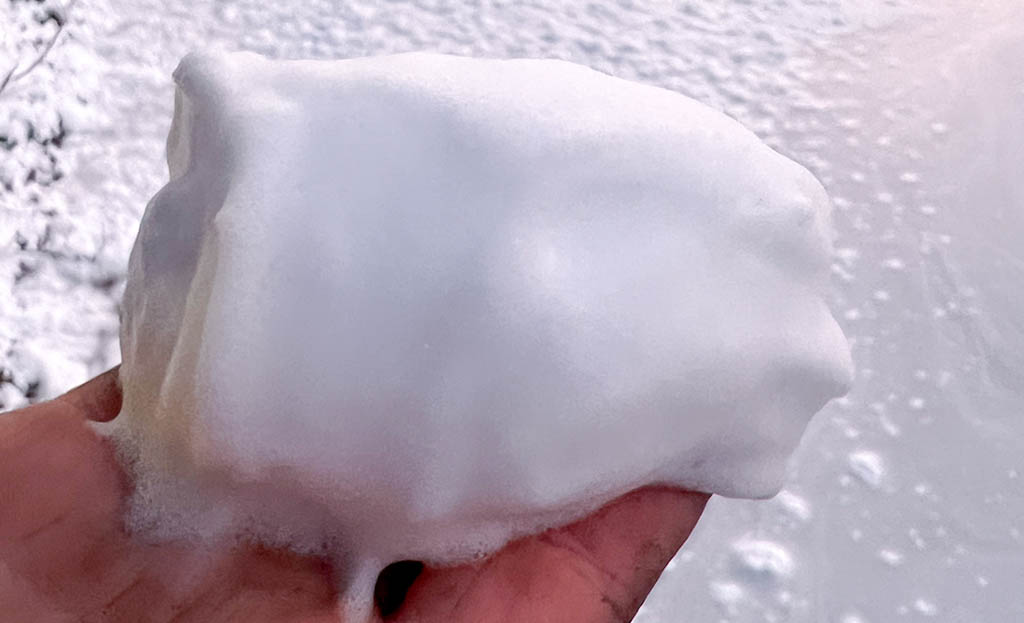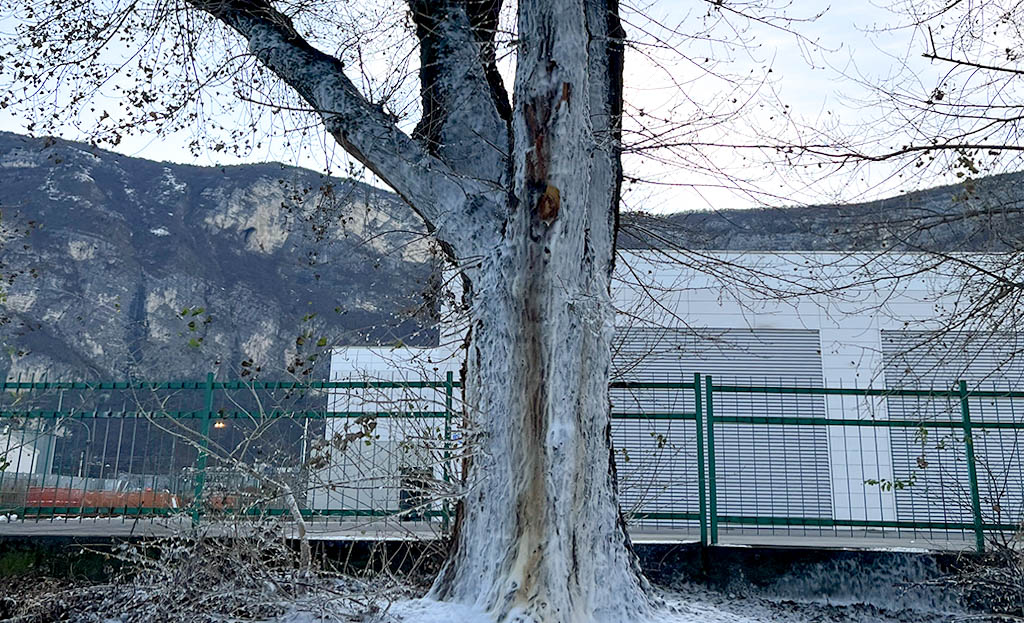
EACH DROP OF WATER IS TRASFORMED INTO 7 FOAM BUBBLES
Air, water and foam combined together generates an increase of approximately 7-8 times the extinguishing capacity of the water contained in the tank compared to the normal use of the water jet alone.
The CAF system has proven its performance is superior in reducing knockdown time while at the same time doing it with significantly less water.
Furthermore, cafs bubbles offer greater durability, greater elasticity, and a greater ability to hold form and position, which allows the bubbles to cling to vertical surfaces where plain water would simply run off.
POSITIVE EFFECTS
Water, combined with the foam, in a large amount of air, creates a mixture compound with high extinguishing capacity with a variety of positive effects.
- REDUCTION OF DAMAGES CAUSED BY THE USE OF WATER AND BY FIRE
- DRASTIC REDUCTION OF WATER CONSUMPTION
- DRASTIC REDUCTION OF THE TIME TO KNOCKDOWN THE FIRE
- COST REDUCTION
- CAN BE USED EVERYWHERE: city, oil and gas, industry, wildland, aviation, recycling, warehouse, boats…
- BIODEGRADABLE AND ENVIRONMENTALLY FRIENDLY
- POSSIBILITY OF CONTINUOUS ADJUSTMENT OF THE RATIO OF WATER-FOAM-AIR AS NEEDED
- CAN GENERATE VARIOUS TYPES OF FOAM: WET, MEDIUM WET, MEDIUM DRY AND EXTRA DRY
FOAM EFFECTIVENESS
- SEPARATION – FILMING: The foam covers the solid surface or combustible flammable gases, separating the burning material from the oxygen in the air and thus smothers the fire.
- COOLING: Cools the material or liquid fuel, quickly bringing it below the its flash point
- INSULATING: Protects surfaces not attacked yet from flames, protects the fireman from heat, blocking the spread of the fire. Likewise, inflammable surfaces can be protected from ignition by heat radiation
- WETING: High penetration into material
- ADHESION: The adhesion of extinguishing foam is fundamental for a rapid extinguishing success, avoiding of reignition and protect surfaces. Our systems have a long-term adhesion on materials and surfaces. This has several important effects:
• Long-term cooling
• Intensive penetration
• Suppression of pyrolysis gas
• Separation from oxygen
DRY OR WET
EXTRA DRY FOAM
The foam is very dry. It adheres to surfaces and it is used to protect structures. Foam is very sticky.
WET FOAM
The foam is very wet and with air inside the foam solution. It has a very long and powerful range for extinguishing Class A and B fires.


